In the Handbook of Nature Study, there are two pages dedicated to Animals of Zoos and Parks. There are ten animals featured that were photographed by the New York Zoological Society. Of these, several are ones that we have been able to see at the Minnesota Zoo and Como Zoo in Minnesota as well as other zoos and locations during the past ten years.
Bactrian or Two-Humped Camel
=> This wild animal has been domesticated, and is used in northern Africa and western Asia for carrying loads and people.
=> It can go without water for several days because certain portions of its stomach serve as water reservoirs.
Bactrian Camels at the Minnesota Zoo.
March 16, 2017.
Two camels on the Marco Polo Trail at the
Roger Williams Zoo.
September 6, 2011
Olivia and Sophia on a camel ride.
August 5, 2007
Malay Tiger
=> The tiger lives throughout most of Asia from southern Siberia south to Java and Sumatra.
=> The male, much larger than the female, may reach a length of ten feet including the tail.
Siberian tiger at the Como Zoo.
Taken on June 20, 2011.
Olivia's hand compared to a Siberian tiger's paw print.
Taken on June 3, 2009.
Nubian Giraffe
=> They can reach a height of 20 feet.
=> Although it reminds people of a horse, it is more like a cow in that it chews a cud.
The giraffe had bent down to eat some grass so
her front legs are in a wider position than her back legs.
Taken on September 6, 2011.
Sophia had the chance to feed the giraffe several times
which she thought was really fun.
Learned that giraffes eat 23 hours out of the day and
they sleep 1 hour.
They sleep in 5 minute increments (for a total of 1 hour).
Taken on June 3, 2009.
Olivia giving the giraffe a snack.
We were surprised at the color of a giraffe's tongue.
Taken on June 3, 2009.
Sophia and Olivia on giraffe statues at Como Zoo.
Taken on October 17, 2007.
Olivia on a sculpture of a giraffe at the Minnesota State Fair.
It was carved from a tree that had died.
Taken on August 30, 2007.
Olivia dressed as a giraffe and Sophia as pioneer
on Halloween.
Taken on October 31, 2008.
Polar Bear
=> Found in Arctic regions either swimming about in the water or roaming on ice floes.
=> Can weigh as much as 1,500 pounds and reach a length of nine feet.
This polar bear was watching us for the longest time.
Taken on September 4, 2008.
This is one of two polar bears relaxing in his new enclosure
at the Como Zoo.
Taken on June 20, 2011.
The polar bear was walking outside.
The paws were so huge!
Taken on June 20, 2011.
Zebra
=> They are members of the horse family.
=> They are white animals with black stripes.
The tail almost looks braided on the zebra.
It was still warm enough for the zebras to be outside in October.
During the winter they have to stay inside since
winter in Minnesota is too cold for them to be outdoors.
Taken on October 17, 2007.
Others were animals mentioned in the Handbook for Nature Study that we were not able to see at Como Zoo, but enjoyed learning about. Some are ones, though, that we have seen on other visits to wildlife sanctuaries and/or in the wild:
Wapiti American Elk
=> Actually moose should be named "elk" for they are a true elk.
=> The wapati lives in the western part of the United States and Canada.
=> It is chestnut red in the summer and grayish in the winter.
We saw these elk at the wildlife sanctuary in
Oak Leaf Park in Glencoe, Minnesota.
Taken on June 8, 2012.
Rhinoceros
=> The word rhinoceros comes from two green words which mean "nose" and "horn."
=> They live in tropical portions of Asia and Africa.
Hippopotamus
=> This animal that has four toes, feeds mainly on aquatic plans and grass.
=> It lives in the rivers of Africa.
=> Its name comes from two Greek words meaning "river" and "horse."
Kangaroo
=> This animal has powerful hind legs for jumping and short forelegs.
=> The immature young are carried in a pouch.
I was able to feed and be up close with a
bunch of kangaroos in Australia in 1996.
That one on my left side (or the right side of the picture)
was determined to get food from me.
Had a couple of rather long nail scratches on my upper arm
thanks to that kangaroo.
Virginia or White-Tailed Deer
=> Only the males possess antlers which are solid bone and shed each spring.
=> Their food consists of buds, leaves, tender bark, and various other forms of plant life.
We saw this white-tailed deer near a bird feeder at
Gooseberry Falls (north of Duluth, Minnesota).
Taken on February 26, 2014.
This is a deer we saw running down the road in Ely, Minnesota.
The entire underside of its tail is white.
Taken on February 24, 2014.
This is a deer track that we spotted in the cornfield.
Taken on March 11, 2012.
This was a small deer herd that was not far from us in Two Harbors, Minnesota.
My father and mother accompanied Sophia, Olivia, and me to
Grand Marais for a not-back-to-school trip.
We were able to get very close to them which was exciting.
Taken on September 7, 2010.
This is a white-tailed deer that we saw at Camp Lakamaga.
Taken on June 30, 2007.
It was fun to be able to look back on pictures taken over the past ten years (or 21 years in the case of the kangaroo picture) and see the variety of places we have been able to see animals like these, and the opportunities we have had to interact with some of them.
Linked at Homeschool Blog and Tell.


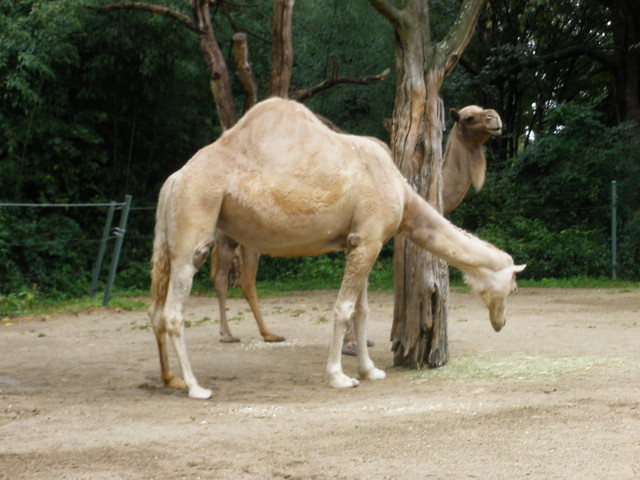

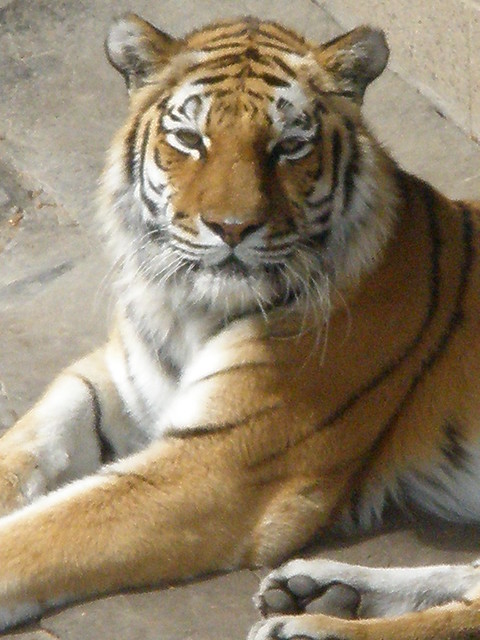
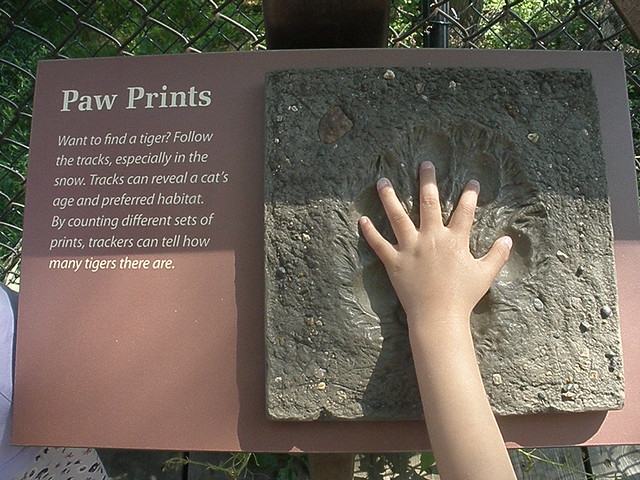
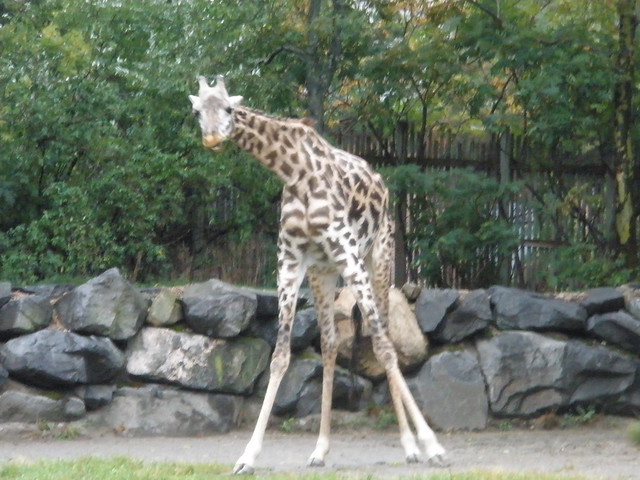
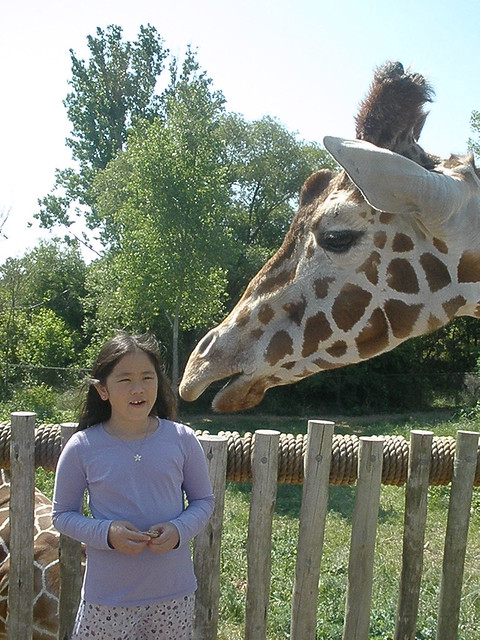
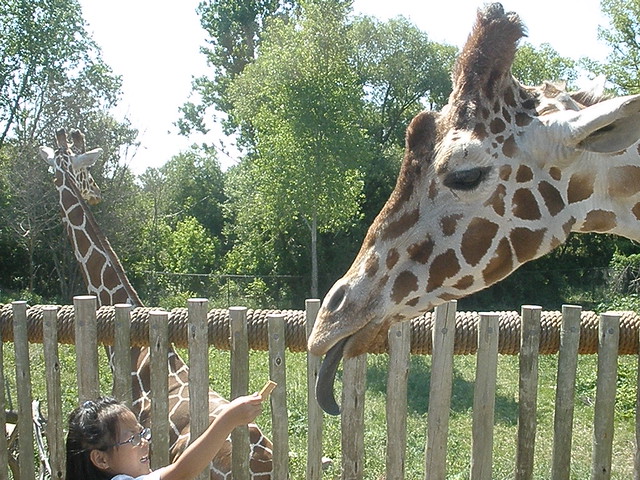
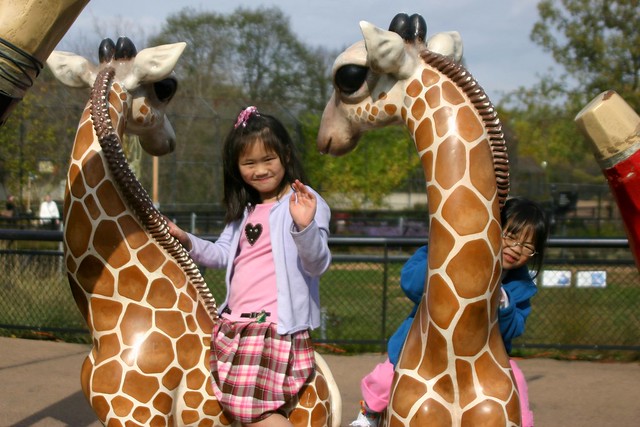
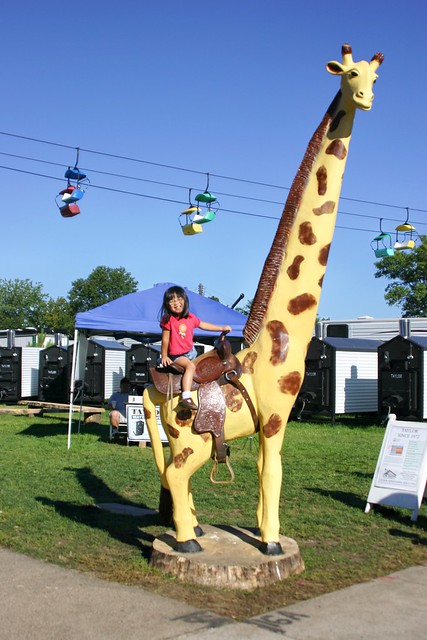
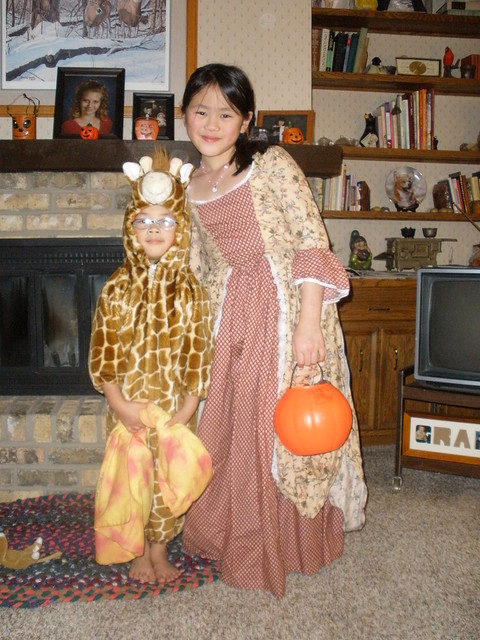
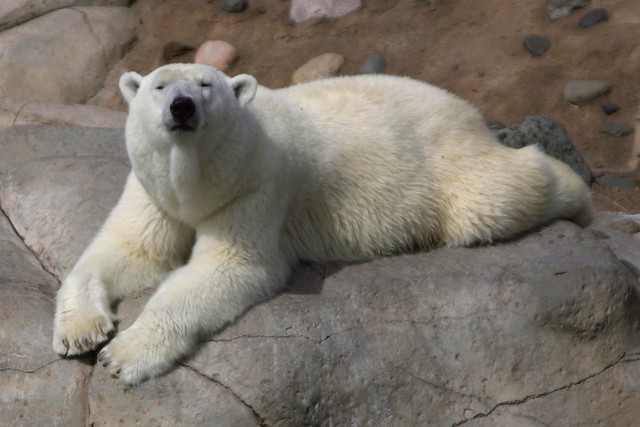
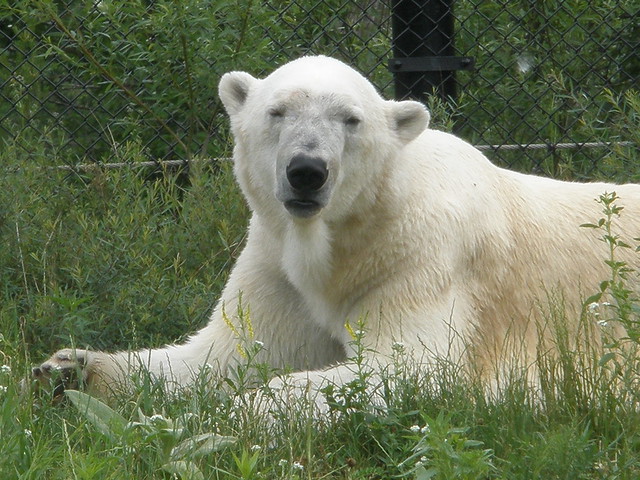
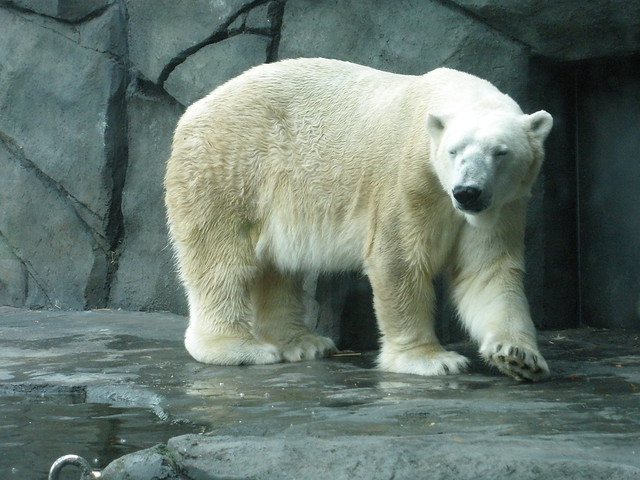
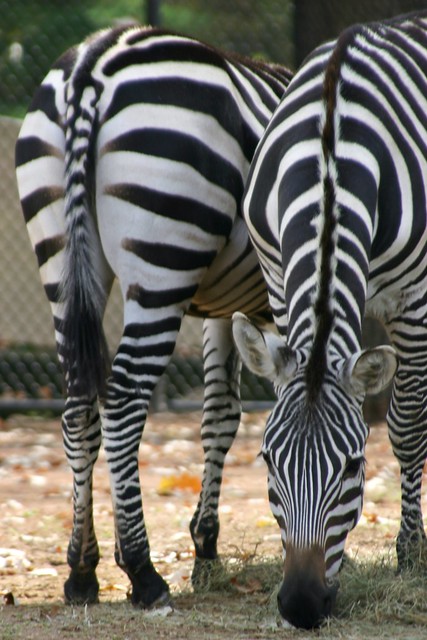
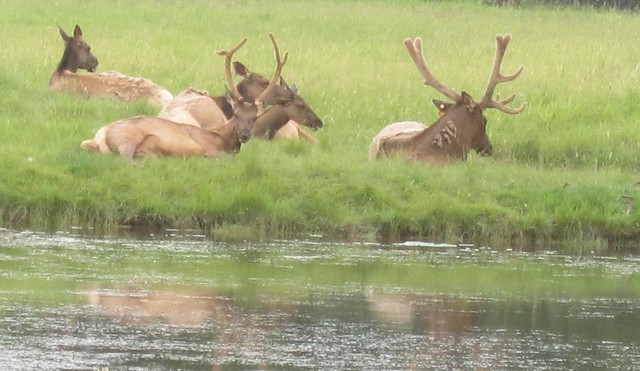
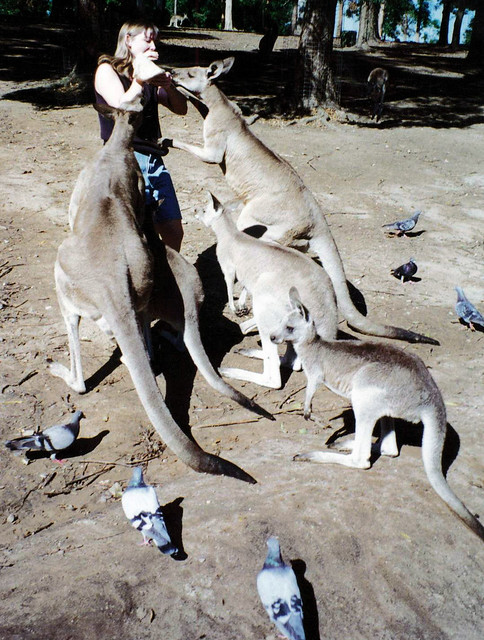
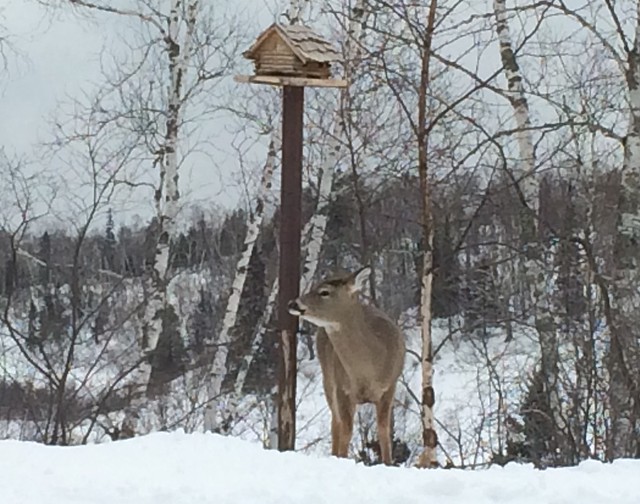
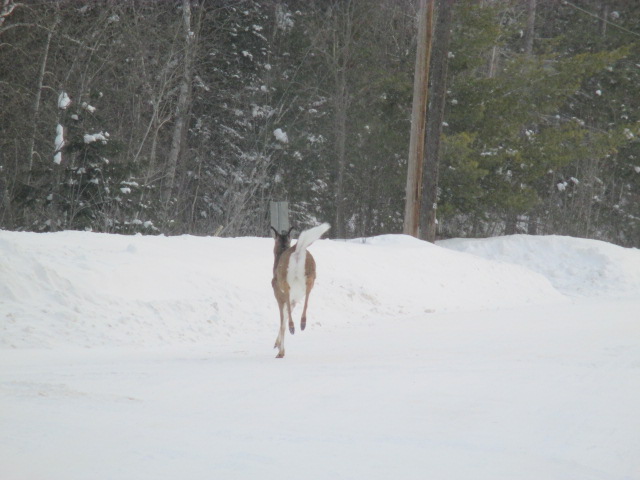

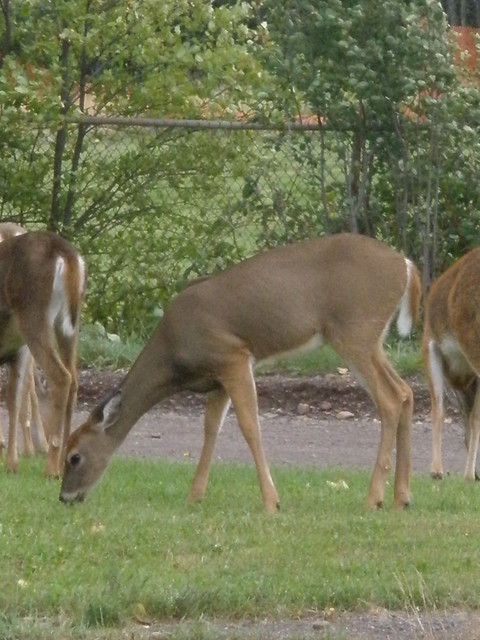

No comments:
Post a Comment